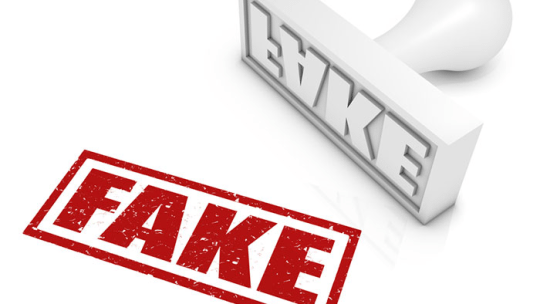
The intentional spread of false information is more prevalent than PR pros might think. It’s not a secret that 2020 saw increased engagement with disinformation online. But where much of the country’s attention is on fake news around politics and vaccines, it's easy for companies to forget the detrimental effects disinformation can have on products, services and reputation.
In February, we saw boycotts against well-known consumer brands, ranging from Sephora to Publix, gain traction on social media. As companies face mounting scrutiny, they may get caught up in reactionary crisis management. To get ahead of potential crises, companies must integrate disinformation and consumer-sentiment monitoring into their communication strategies. Educating the public and employees is key.
Yet, media literacy is a slow, uphill battle. The 2021 Edelman Trust Barometer survey suggests we are in an age of “information bankruptcy.” Similarly, online users are 2.5 times more likely to engage with unreliable sources today than they were in 2019, a NewsGuard study shows. As such, brands cannot assume audiences will consistently take time to guard against disinformation campaigns.
Know Your Audience
Ultimately, the most important aspect of combatting disinformation is a PR hallmark: Know the audience. When you understand where your audience lives, how it communicates online and what it values, you are more able to evaluate, trace and anticipate disinformation campaigns.
What to Look For
When brands come under attack, PR pros must be ready to conduct a thorough audit of online conversations; this includes assessing what accounts are engaging genuinely in conversations and those merely adding bot fuel to the fire. When looking for bogus accounts, communicators should quickly scan site content, followers/friends and engagement levels, keeping a keen eye out for suspicious behavior. Sometimes, something as simple as not including a profile photo can serve as an initial indicator of a fake account.
In addition, PR pros should examine an account's lifespan. For example, look at new accounts.
- Are they posting immediately a stream of single-issue content? It's likely a sign the account was established solely for creating and sharing negative or false information.
- Who is this account engaging with? Fake accounts are more likely to have only a handful of friends or followers who more often than not, bear no immediate connection to each other.
Influential Accounts
Brand communicators need to identify accounts that hold the most influence in shaping online conversations. Establishing the source of disinformation can be crucial when determining next steps.
In addition, PR pros can look for key words and phrases associated with prominent conversations around your brand. When you have a strong concept of subjects a target audience typically engages with, it can be easier to spot outliers in new discussions.
Look closely at insights around followers and those who otherwise engage with the brand online. If these groups typically read as having interest about fitness, but suddenly shift to politics, for example, it could be a sign a bad actor is gearing up for a targeted disinformation campaign.
Dan Brahmy is co-founder and CEO of Cyabra
